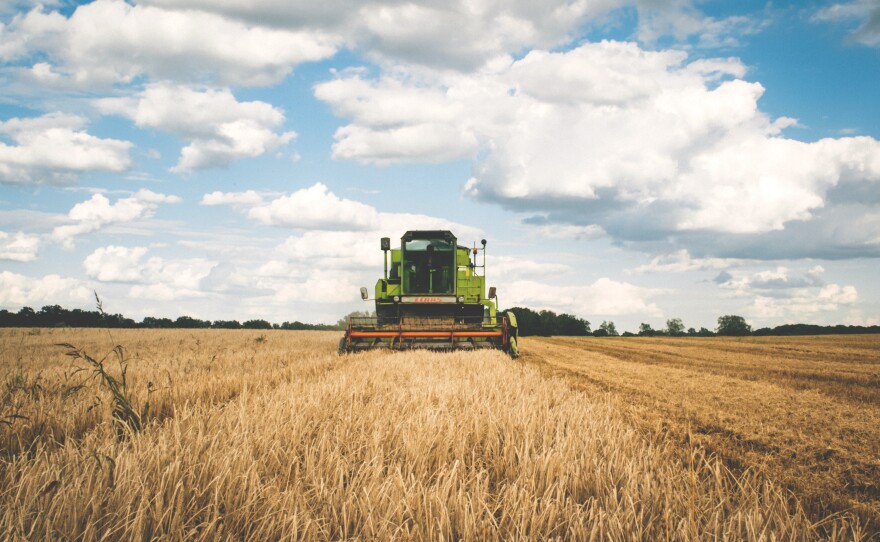The Situation With Agricultural Lending In The USA

Studies show that many farmers use lending to secure their liquidity. There is a high degree of certainty. Farmers in the states are building up liquidity, and seek to manage their costs and explore additional options available. They can turn to different organizations like Payday Depot and others, and they take their chances.
Lending structure
The main creditors in US agriculture are:
· banking institutions;
· US Farm Credit System;
· credit unions;
· sellers of equipment, and machinery (for example, John Deere);
· other institutions such as insurance companies or a farm service agency.
The main lenders in the agricultural sector, which account for almost 80% of farm loans, are banks and the US farm credit system.
Bank lending is self-explanatory, but the farm credit system is worth talking about in more detail.
The Farm Credit Act, that is, the law on credit, created this system in 1933.
The US Farm Credit System is an institution that is funded by the government but is not managed by it in any way. That is, it is a kind of cooperative owned by farmers, ranchers, cooperatives, and other representatives of agribusiness.
Funding for this institution’s loans comes from farmers’ loan bonds, which are issued on Wall Street. In addition, such a structure is quite reliable, as well as the source of funding.
Filing an application
There are two ways to apply for a loan:
· The first direction is loans according to a certain point system. These are small loans. To obtain them, it is enough to check the applicant’s credit history. It is taken from the credit bureau, and on its basis the lender makes the final decision on whether the farmer can get a loan.
· The second is a complete review of the applicant’s credit history. Such loans are more complex and risky, however, the loan amount is much larger.
Scoring of farmers:
1. The first is the characteristic. In this case, there is the question, who is our farmer, what is his reputation? This will be influenced by such factors as: did any of the members of the farmer’s family take a loan, was the debt fully paid, etc.
2. The second is the applicant’s ability to repay this loan. Here the financial statements of the applicant to assess his ability to repay the loan are checked.
3. The third is capital and the assets of the applicant. That is, what will be the applicant’s ability to repay the loan debt using their non-cash sources of income?
4. The fourth is assets, and if there is a possibility of selling them. This may be a house, land, etc. In this case, the financial statements of the applicant are carefully checked.
5. Fifth, pledge. This point is also very important and relevant. If the applicant is unable to repay his loan, what can the lender do to repay it?
There was such a moment in the history of the United States as the farm debt crisis that occurred in 1980. This was a kind of lesson for creditors and today instead of focusing on a ratio; they use such a concept as the total amount of the loan.